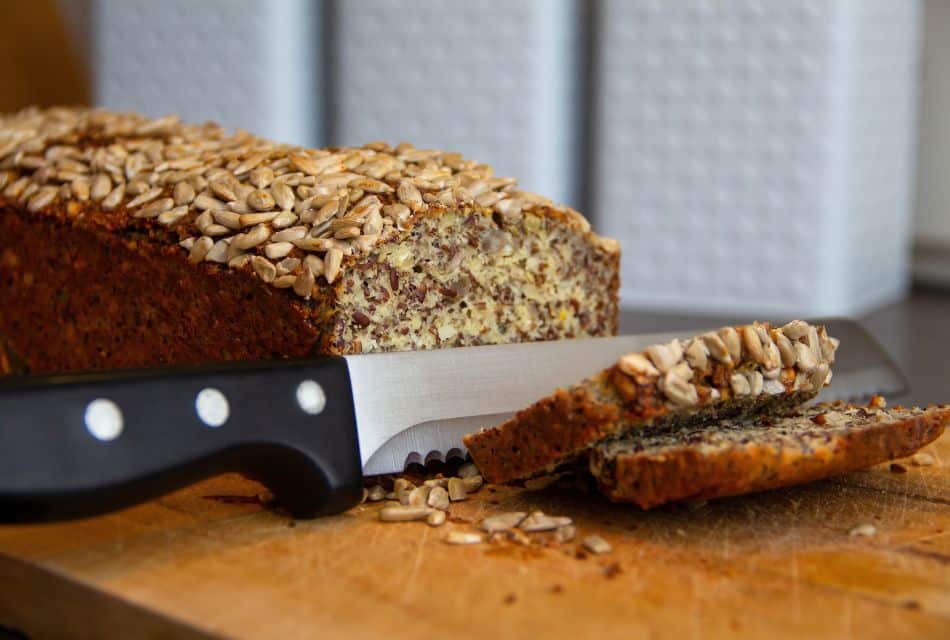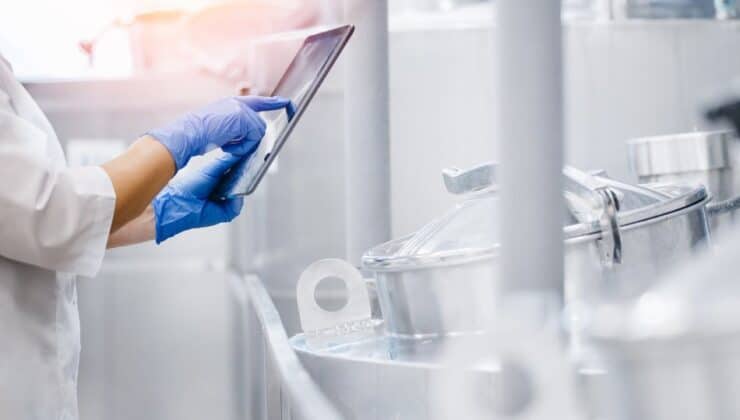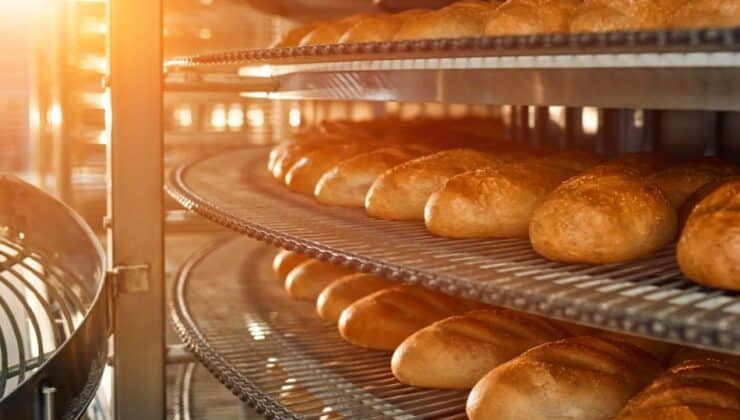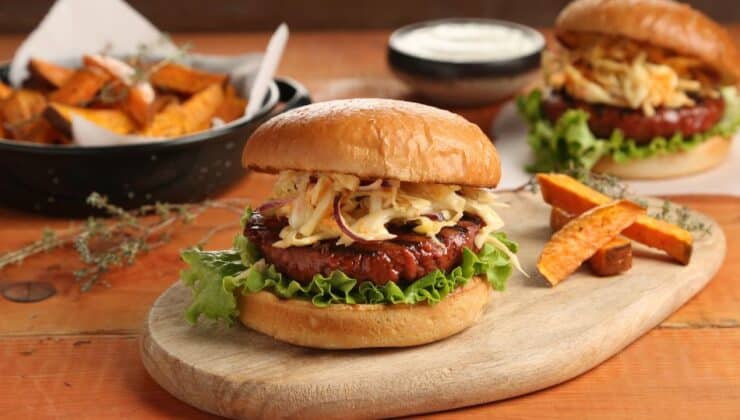We all had our own type of bread all over the world. A staple food adapted to different cultures and whose differences even determined the form and content of the diet.
That was until protein bread came along and turned everything upside down, for the better.
New processes and ingredients have turned bread, or perhaps we should say bread consumption, into a habit to improve the nutritional quality of the daily diet.
The name may be a little confusing, but only a little because it is very easy to explain in a few words why traditional bread is not protein bread and what advantages the latter can bring to anyone’s diet.
Protein bread is still basically bread, i.e. strong flour -which has more than 10% more protein-, water, yeast and salt. It also still has the traditional appearance of bread in any of its formats: loaf, loaf tin, loaf, buns, etc. and, of course, it maintains that delicious quality that makes it an object of desire for consumers: the smell and aroma of freshly baked bread.
The difference between traditional bread and protein bread lies essentially in the fact that the latter is made not with flour, but with flours, plural. A variety of flours – with or without gluten – including traditional wheat and buckwheat, slender wheat, tiff or chickpea, lentils or maize; flours combined with the essential aim of increasing the bread’s protein level.
To this mixture is added another, that of seeds specially selected for their oleic acid content. And, in this case, the range is enormous and is constantly growing: from the old familiar sunflower or pumpkin seeds, to sesame or chia seeds, to linseed, in any of its varieties.
An excellent protein cocktail that increases the nutritional quality of bread by contributing to a diet lower in carbohydrates and with a higher percentage of vegetable proteins.
In this context, it goes without saying that the basis of a good protein bread is, as with traditional bread, the excellent quality of the raw material at source, and companies such as Molendum, a subsidiary of the Dacsa Group, are leaders in this field.
Molendum offers its customers flours from legumes and ancestral grains such as buckwheat, quinoa, amaranth, chickpeas, lentils and maize, among others, for the production of nutritionally balanced protein breads.
These flours come exclusively from the milling of dry, ripe and clean grain and, of course, are not genetically modified.
Flours prepared to obtain the best protein breads, ready to be accompanied by the seeds that enrich the final result, pleasing consumers and meeting a demand that never stops looking for the best quality and innovation in a basic product for our daily diet.
Ancestral ingredients that, thanks to the new production processes, make a protein bread that leaves behind old prejudices and offers all the advantages of a good bread that delights the most demanding palates and favours a diet that is as delicious as it is nutritionally balanced.





